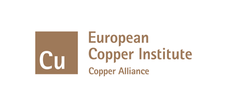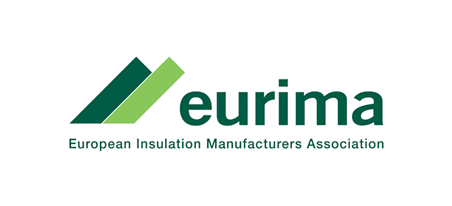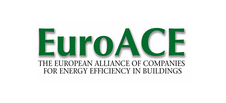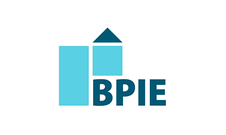Search eceee proceedings
Effects of different techno-economic regimes on viability of deep energy renovation of existing Swedish multi-family building
Panel: 5. Buildings and construction technologies and systems
This is a peer-reviewed paper.
Authors:
Leif Gustavsson, Linnaeus University - Dept. of Building and Energy Technology - Sustainable Built Environment, Sweden
Ambrose Dodoo, LNU, Sweden
Abstract
The European Commission’s 2030 framework for climate and energy policy emphasize that the largest share of the energy saving potential in the European Union is in the building sector. In Sweden, a large number of apartment buildings, built between 1965 and 1975 with a high final energy use, are projected to undergo major renovation within the coming years. The potential reduction of final energy use is large in these building, if implementing deep energy renovation. However, the economic viability of such a renovation is many times questioned. In this study, we present and demonstrate a double-stage optimization method for analysis of economic viability of building energy renovation measures. Based on this method, the economic viability of building energy renovation measures are explored considering both total and marginal investment costs as well as net present value of energy savings for the measures under different technical and economic regimes. The method is applied to Swedish multi-family buildings built in 1972 to explore the profitability of different energy renovation measures when assumed to be implemented singly or in packages. The measures analyzed are related to improved thermal envelope insulation, improved new windows, efficient electrical appliances and lighting, efficient water taps, glazed enclosed balcony systems, and exhaust air ventilation heat recovery systems. Our results show that the economic viability of the retrofit measures is sensitive to the economic-related parameters applied including, discount rates and energy price increases. Still, about 50% reduction of final electricity and heat demands is economic viable. This study shows the significance of different techno economic parameters in achieving deep-energy savings from building renovation cost-efficiently by using a double-stage optimization method.
Downloads
Download this paper as pdf: 5-133-17_Gustavsson.pdf
Download this presentation as pdf: 5-133-17_Gustavsson_presentation.pdf
Panels of
1. Foundations of future energy policy
2. Policy: governance, design, implementation and evaluation challenges
4. Mobility, transport, and smart and sustainable cities
5. Buildings and construction technologies and systems
6. Buildings policies, directives and programmes
7. Appliances, products, lighting and ICT
8. Monitoring and evaluation: building confidence and enhancing practices























